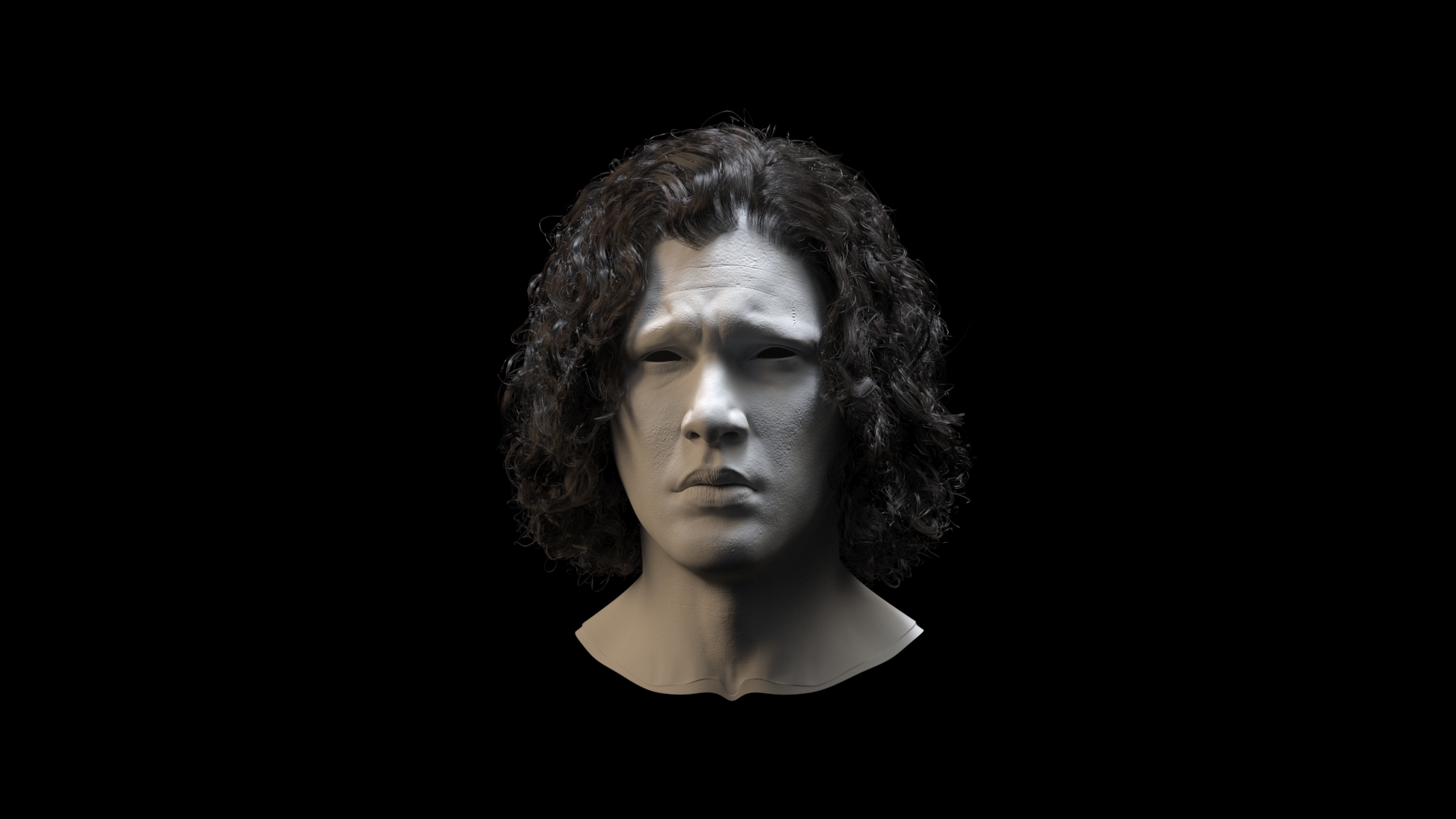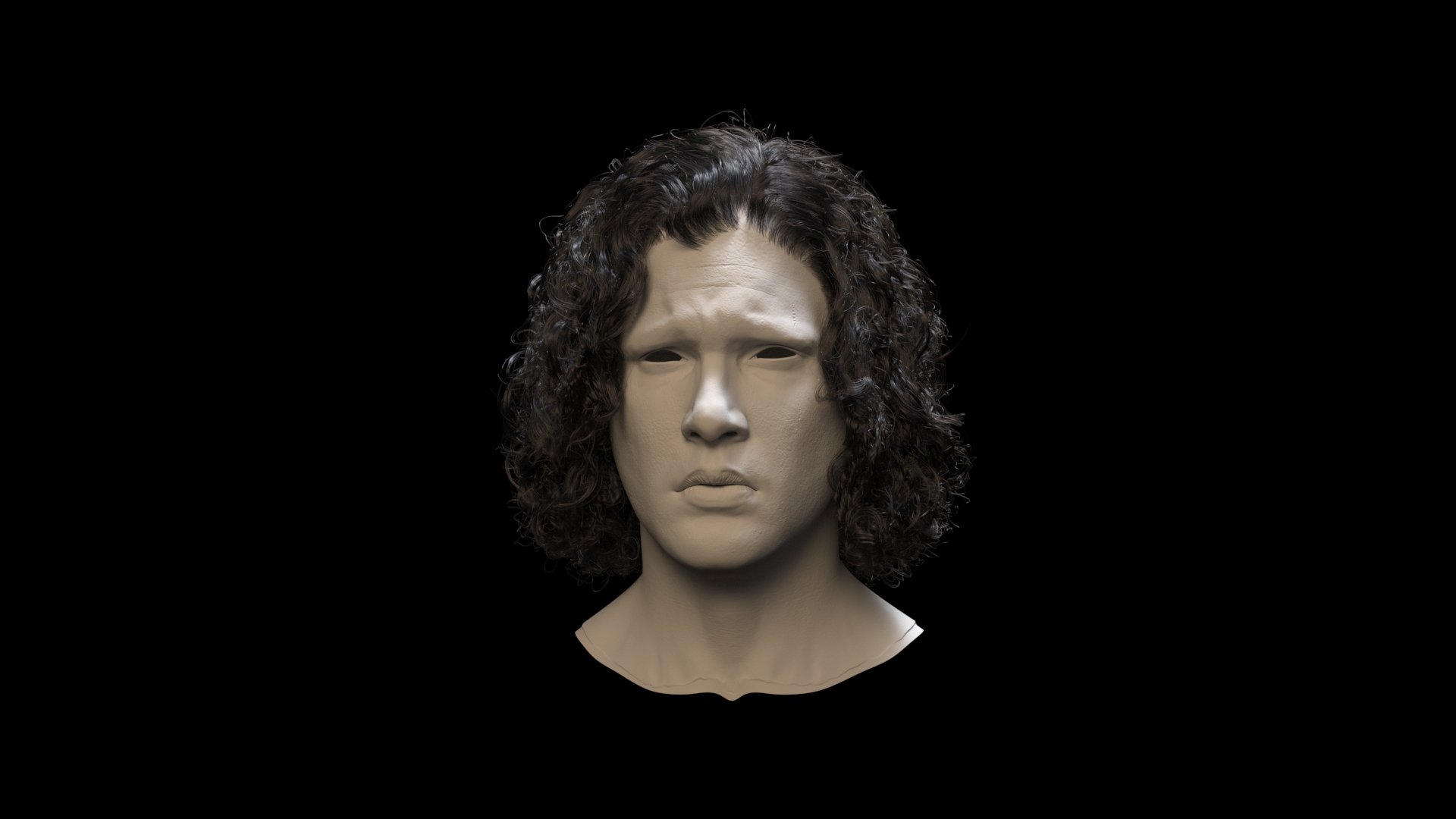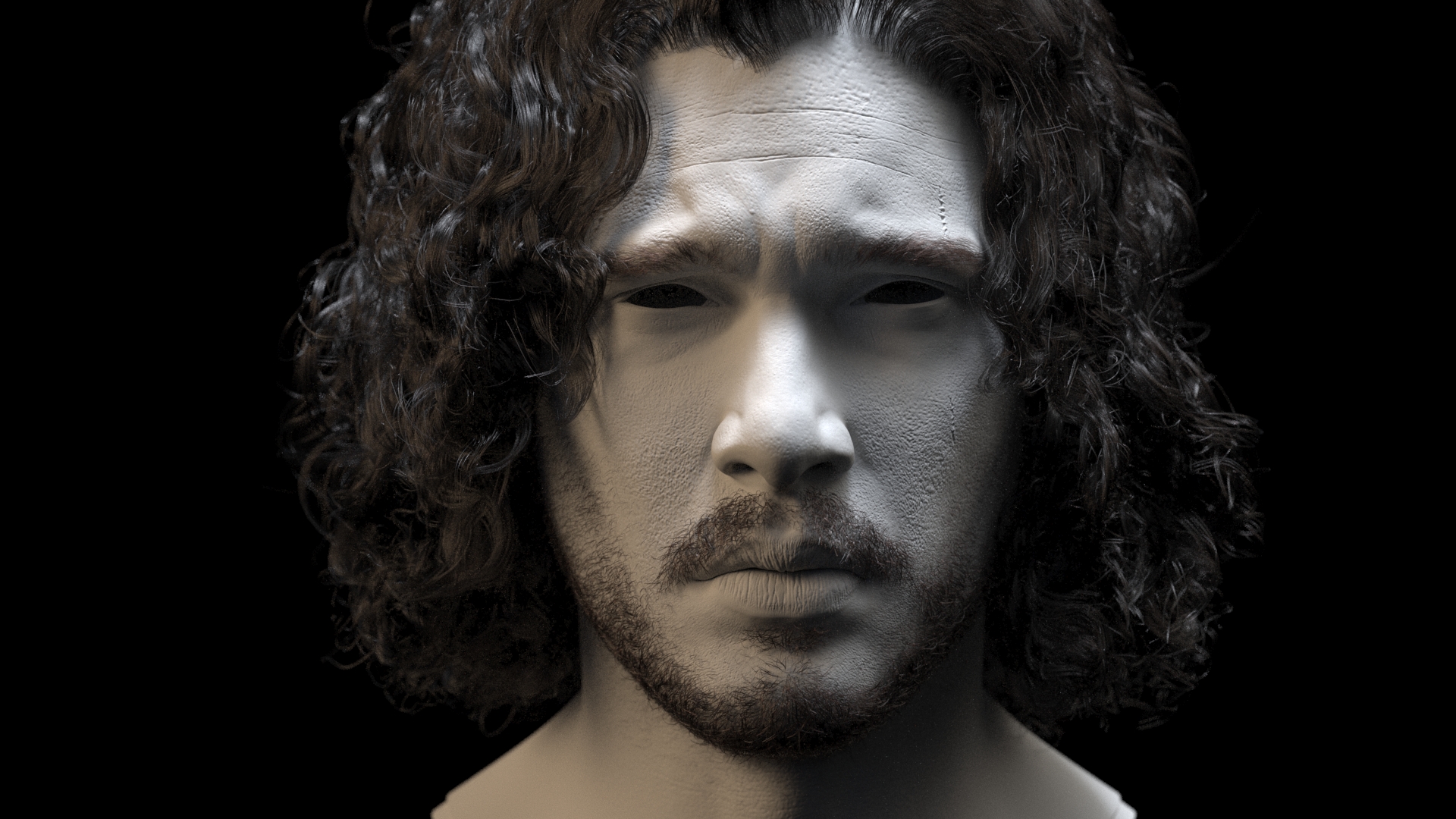Making of GOT Game Trailer by RealTime UK
Introduction
When we saw the amazing work RealTime UK had done on the Game of Thrones Game Trailer we had to see if we could get an interview with this talented team.
Game of Thrones: Winter is Coming - Game Trailer
Game of Thrones: Winter is Coming - Behind-the-Scenes
We are blown away at the level of detail and artistry in your latest trailer for Yoozoo Game's, "Game of Thrones: Winter is Coming" PC browser game. Tell us a little bit about RealtimeUK and some of the most challenging parts of this production.
We're a VFX and animation studio with 2 locations in the UK, our foundations are Cinemeatic trailers for games, such as SMITE, War Thunder, Jurassic World… But we also have a world leading Automotive Department and recently had a big break into TV, which should be on screens very soon. Basically, we love creating visually stunning content for all audiences.
There were many challenging aspects to creating this trailer, but they all revolved around creating a truly authentic GoT experience for the viewer.
From the environments, to the characters that are loved all over the world we felt a huge pressure to deliver a trailer that was a true representation of that world. All with no access to the actors or locations. This trailer was truly hand crafted with lots of artistry and an uncompromising attitude towards authenticity.

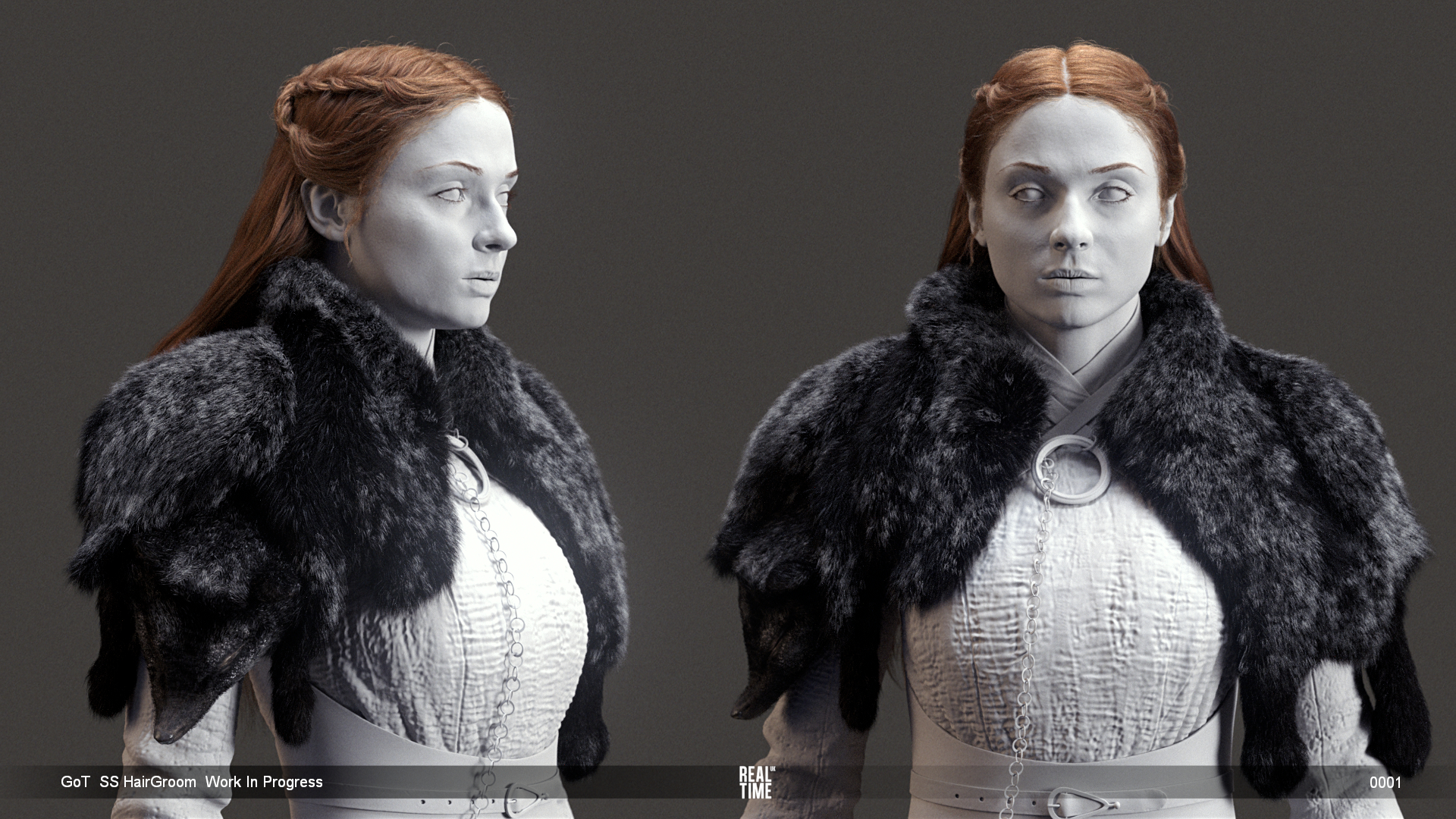
Guide Groups can be very handy for a complex groom. You can see here they were used extensively to isolate different parts of the hair. Guide Groups will allow you to easily select, brush, and apply modifiers to sets of hair without effecting other parts of the groom.

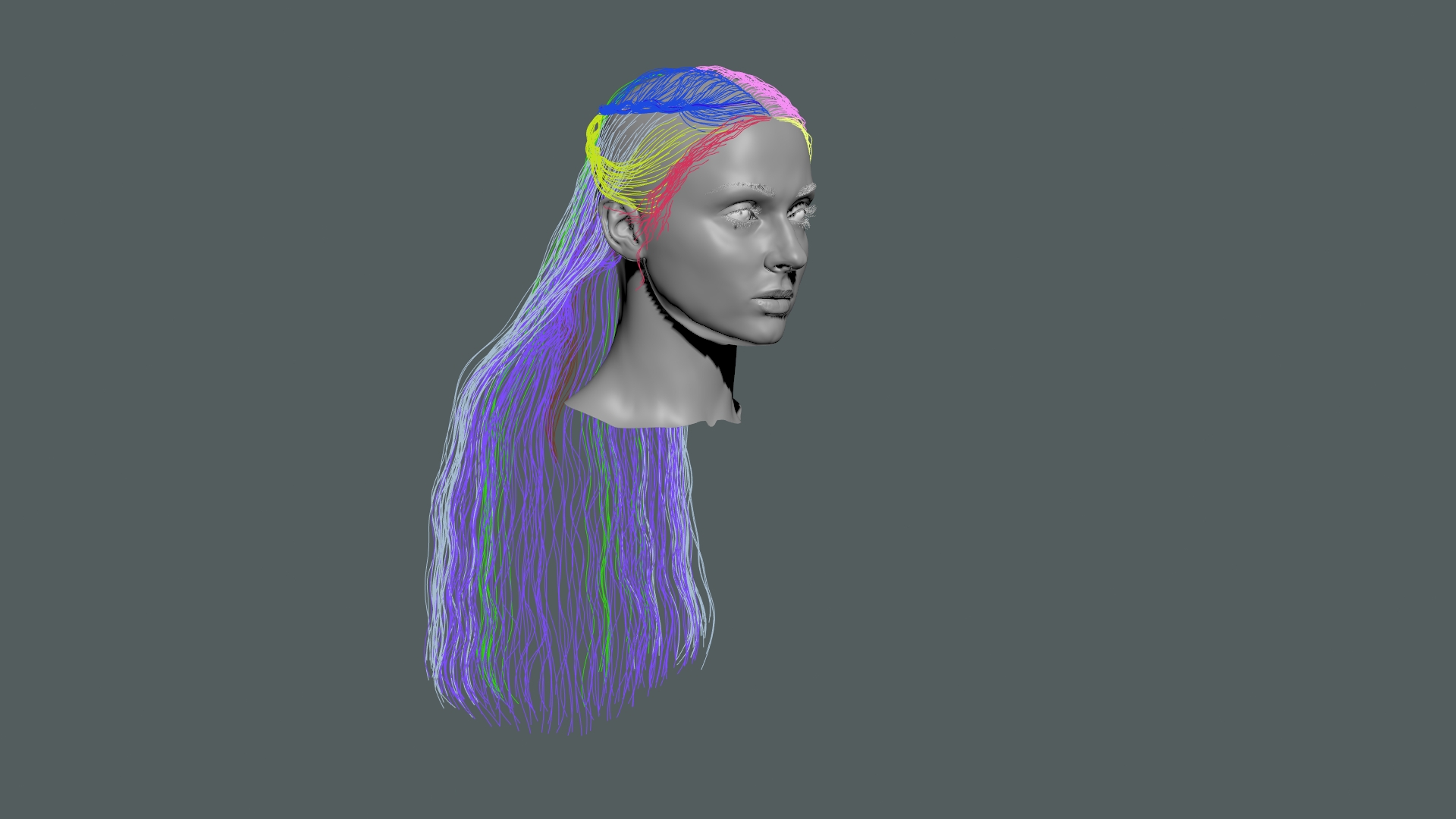

What parts of the production did you use Ornatrix for and/or how do you feel Ornatrix helped you achieve your goals for this trailer?
All of the characters hair and the birds groom along with all the thick fur shoulder seen in the characters costumes. (we'll explain how Ornatrix helped as we answer the questions below)
Ornatrix can be used for many parts of a production like this including consumes and environment elements. Costume elements can often be overlooked but they benefit greatly from fur in many cases. Trees, grass, leaves, and ground cover can all be done with Ornatrix as well.


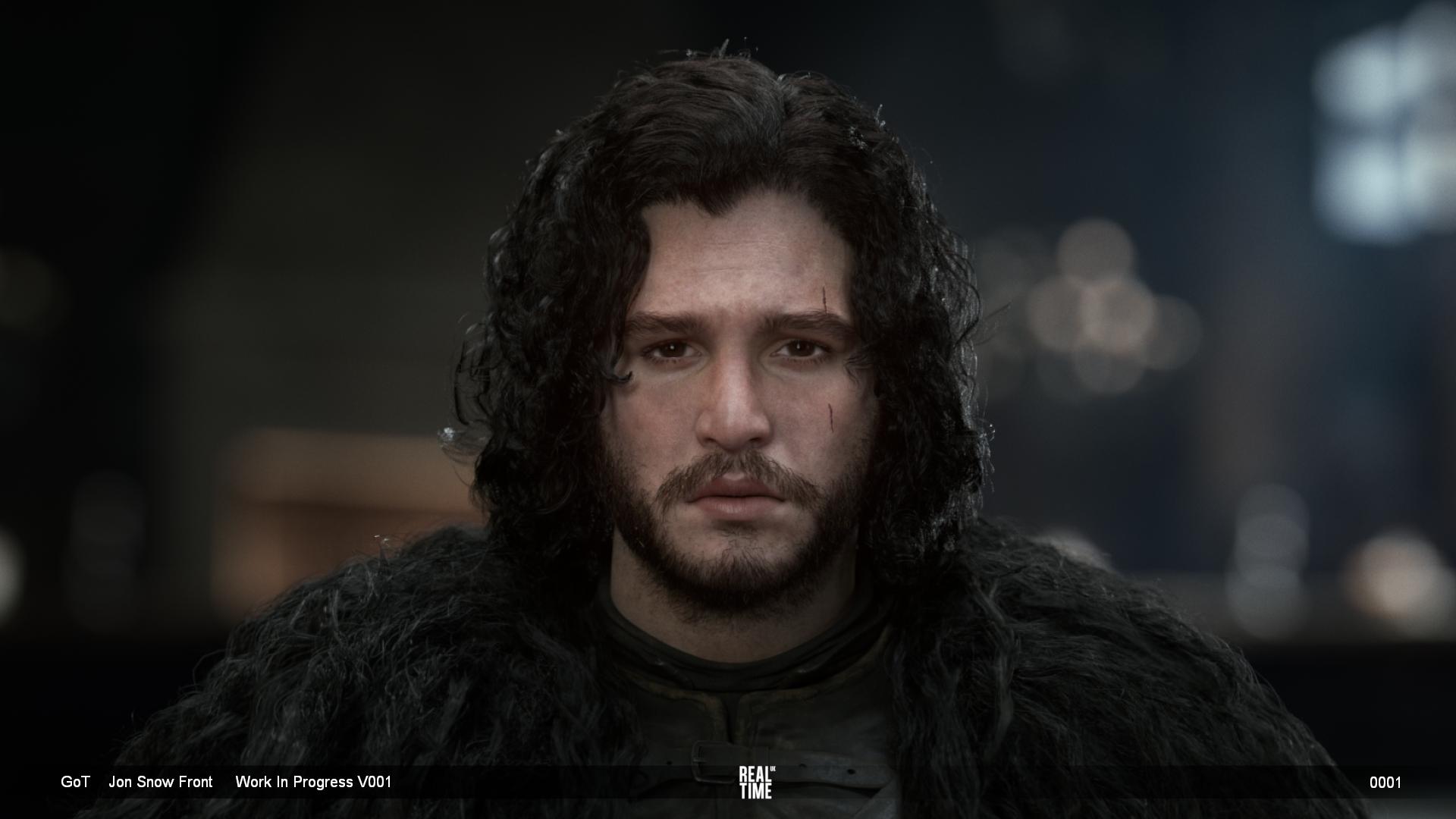
The bird is amazing, and I love to see Ornatrix used for feathers. Can you offer us some insights into how you produced such a realistic feather look and how you setup the movement/dynamics for the feathers?
Grzegorz Flaga: Creature Groom TD
Raven project was an interesting challenge. Ornatrix was a new thing to me, but it is so intuitive, that after a day or two, I was able to feel confident creating complicated grooming with this tool. Before I jumped into modelling, I've spent some time studying and gathering as many references as I could. During that process, I noticed that ravens have multiple different feather types on the body, not only on the wings. For example, top of the head feathers are small, round and shiny, throat has long, metallic ones, there is some fur around the beak, and so on.
I've divided the character into sectors, so I could use different groom on each part and have much more control. That way it was easy to address some changes during the creation process. Each groom had around 3 instances that varied slightly in texture and shape, to get even more variation. If we had 1 groom for whole character and used attributes and texture maps to get right feathers in the right place, it would be very complicated and very painful to change anything.
The feather instances were quite simple polygon planes, with central barb modeled and added some curvature in both axes. That way the lighting looked much more realistic than if we were using perfectly flat planes. The feather texture and shading process started very early, alongside with the grooming. It's better to judge if the plumage looks right when we have at least basic shader done, with opacity map plugged in. While making the textures, the biggest challenge was to get correct bump and specular maps, so those tiny barbs are nicely visible. Getting it from photos didn’t give good enough results. I ended up creating a very detailed feather geometry in Houdini, rendering it in grayscale and after I used some warping and blending with photos in Photoshop - using as bump and spec map.
I used Ornatrix grooming for the raven body only. Main wing and tail feathers were hand-modelled, because I had to be very precise. The grooming part was not very complicated, but time-consuming. The base model of the raven looked more like chicken with no plumage. It was hard to imagine how long the feathers should be, but after some trial and error I finally got it right. Another challenge was avoiding intersections between feathers. Luckily, Ornatrix has some handy tools that help in that process. I usually set up initial direction of the feathers, and then, if needed, manually adjusted it, so it looks correct.
The feathers were posed for different wing positions, and those poses blended between for the wings opening and closing, spreading etc. Each feather then had individual bend controls on top of the overall wing bend for more precise control, and we also ran several different controllable noise modifiers on the feathers to create local and body-wide noise to help simulate the wind.
Summing up, the key to the raven project was keeping it simple and reading the references. By splitting the grooming process, it into many small parts, I was able to get realistic results, easily make changes.
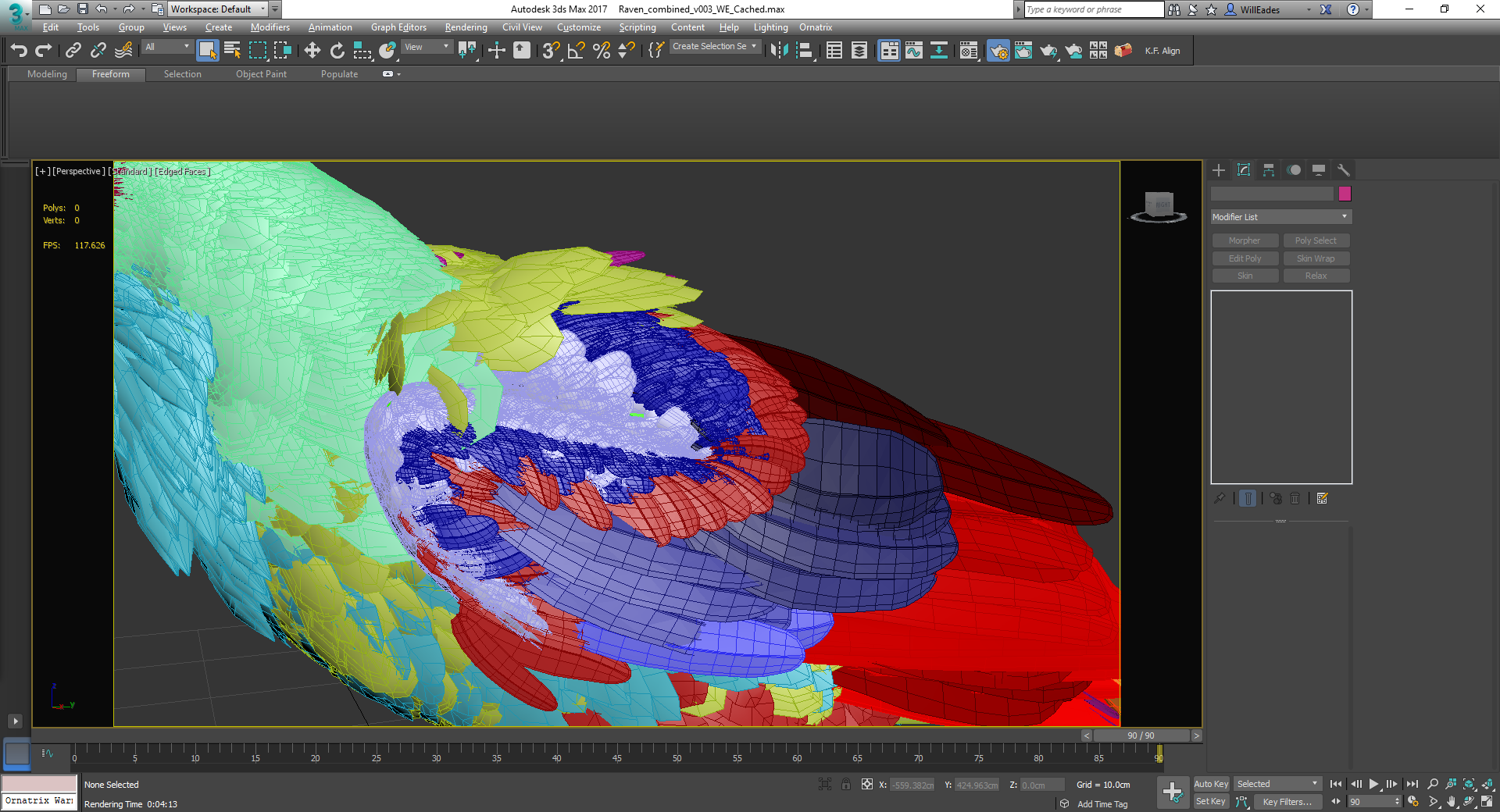
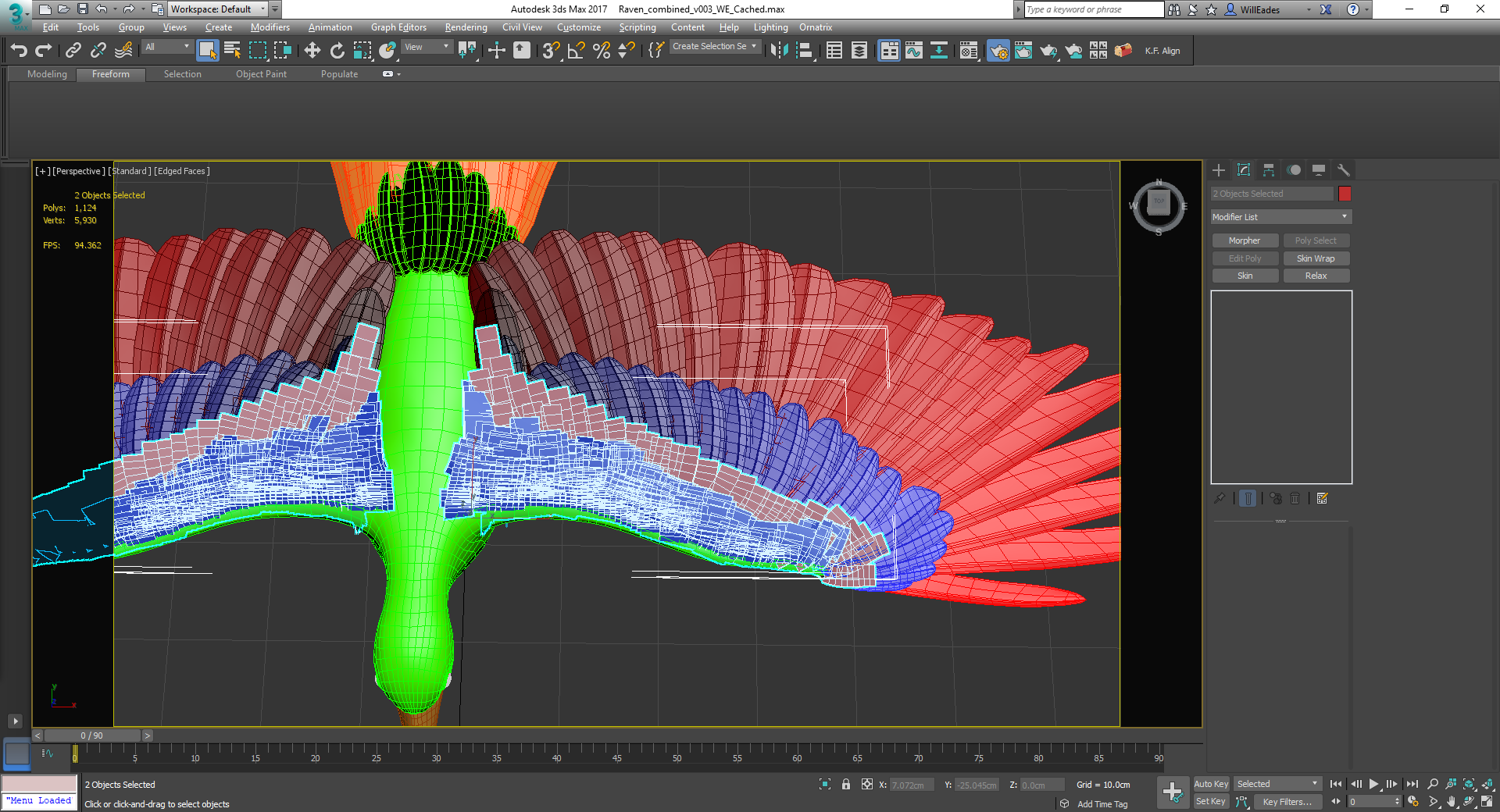
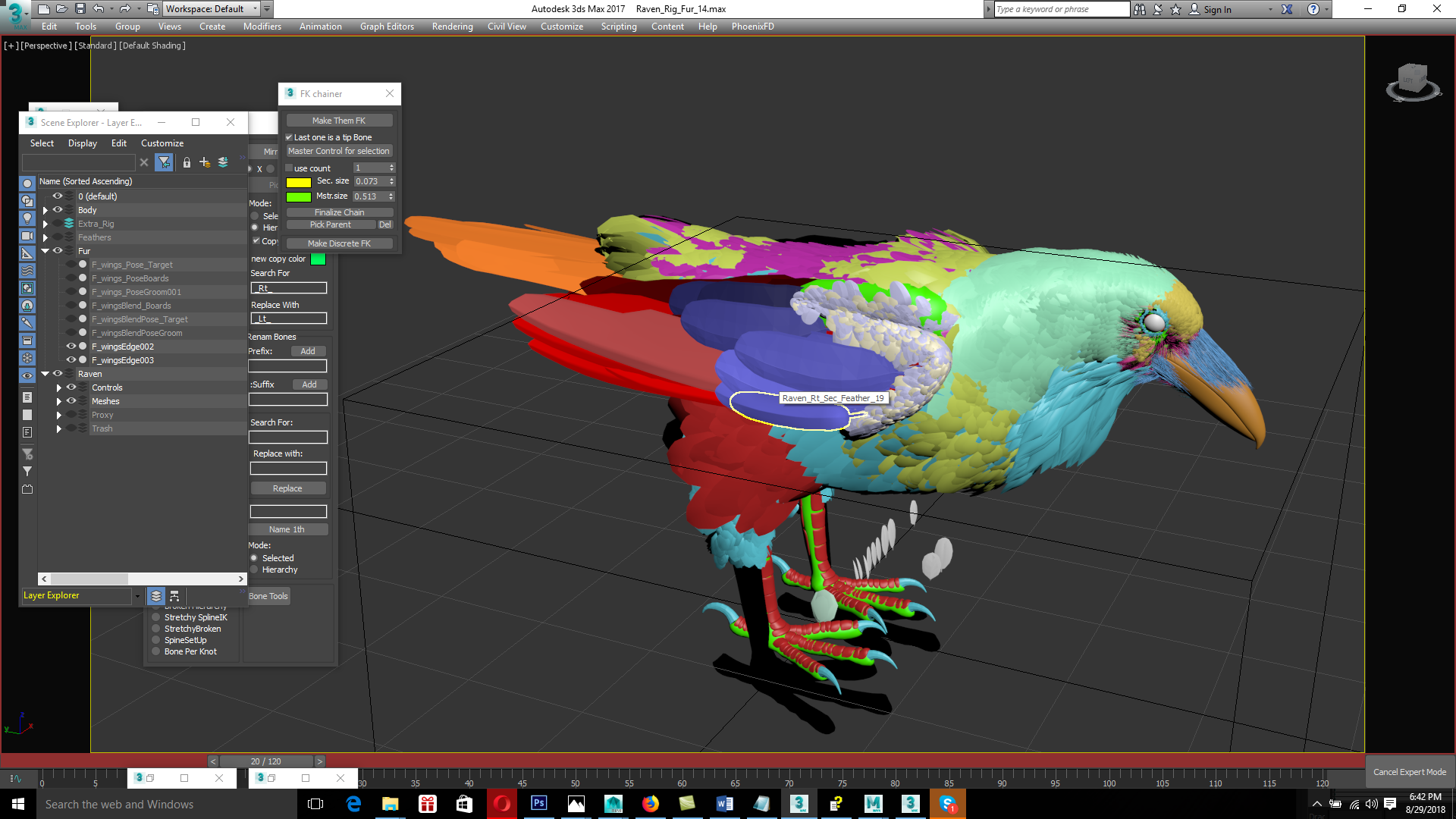
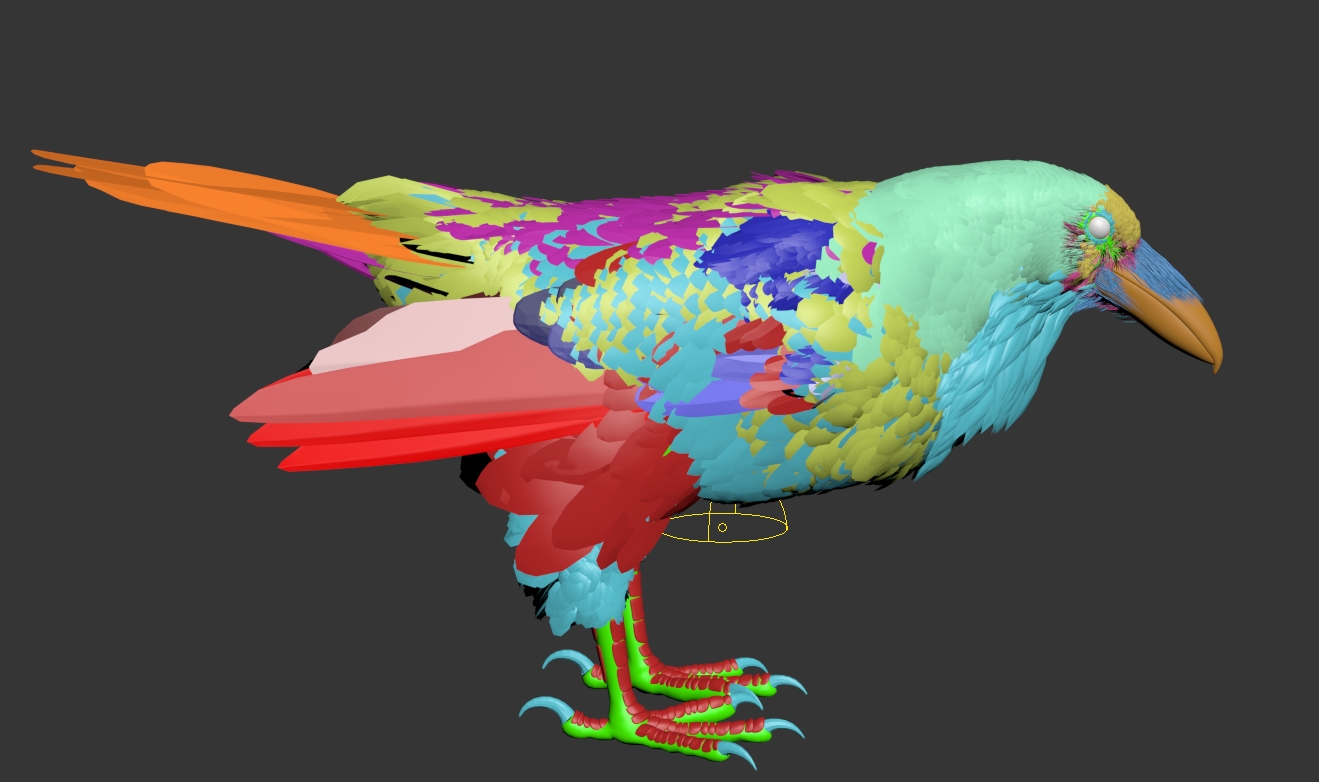
Ornatrix has an excellent workflow for creating feathers. Adding a Mesh From Strands modifier will allow you to billboard style feathers, shaped and curved meshes, and proxy meshes for hand modeled feathers.
Mixing these styles can help achieve your desired look and successfully blend between rigged feathers and generated feathers as we see here.
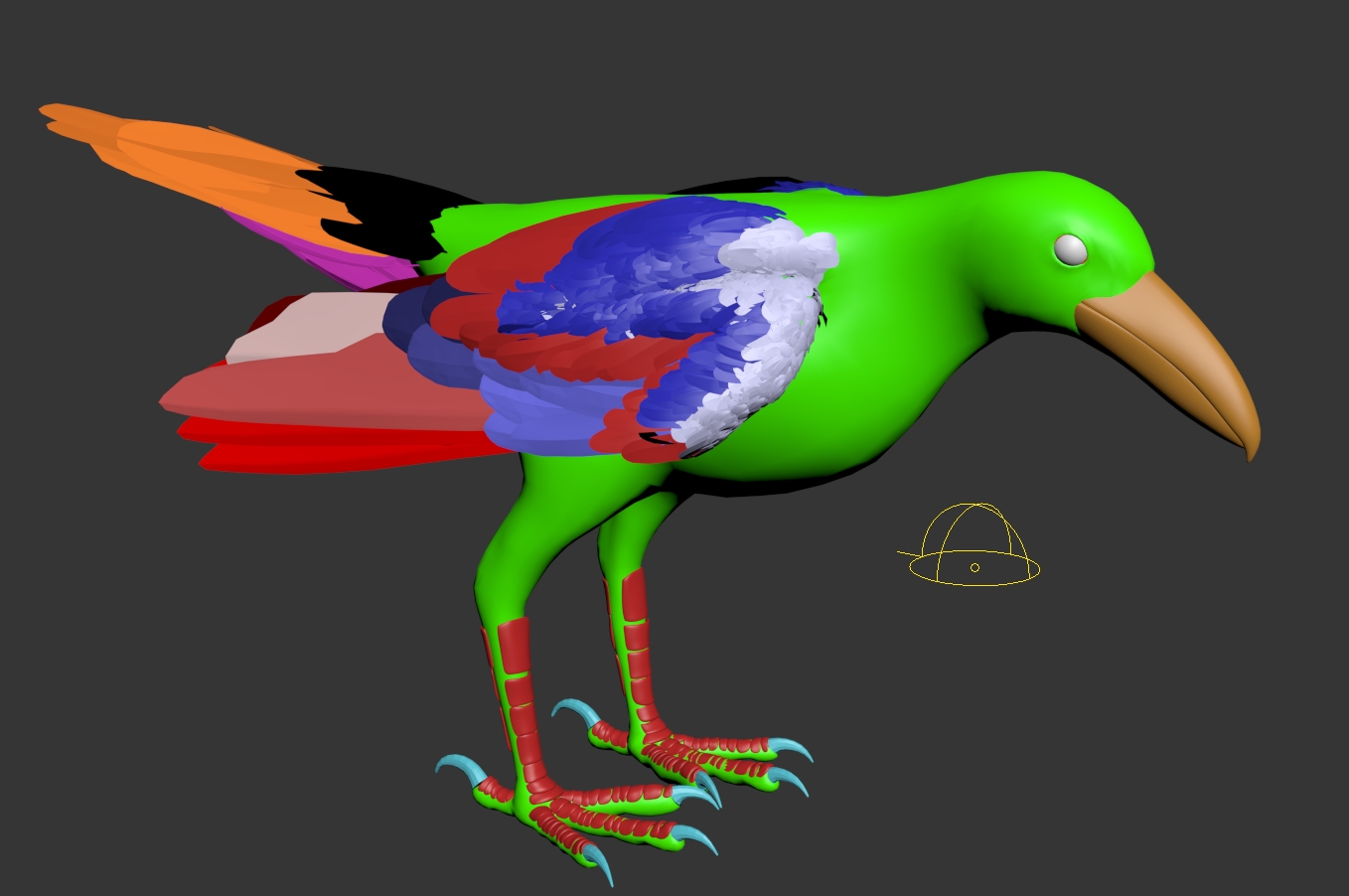


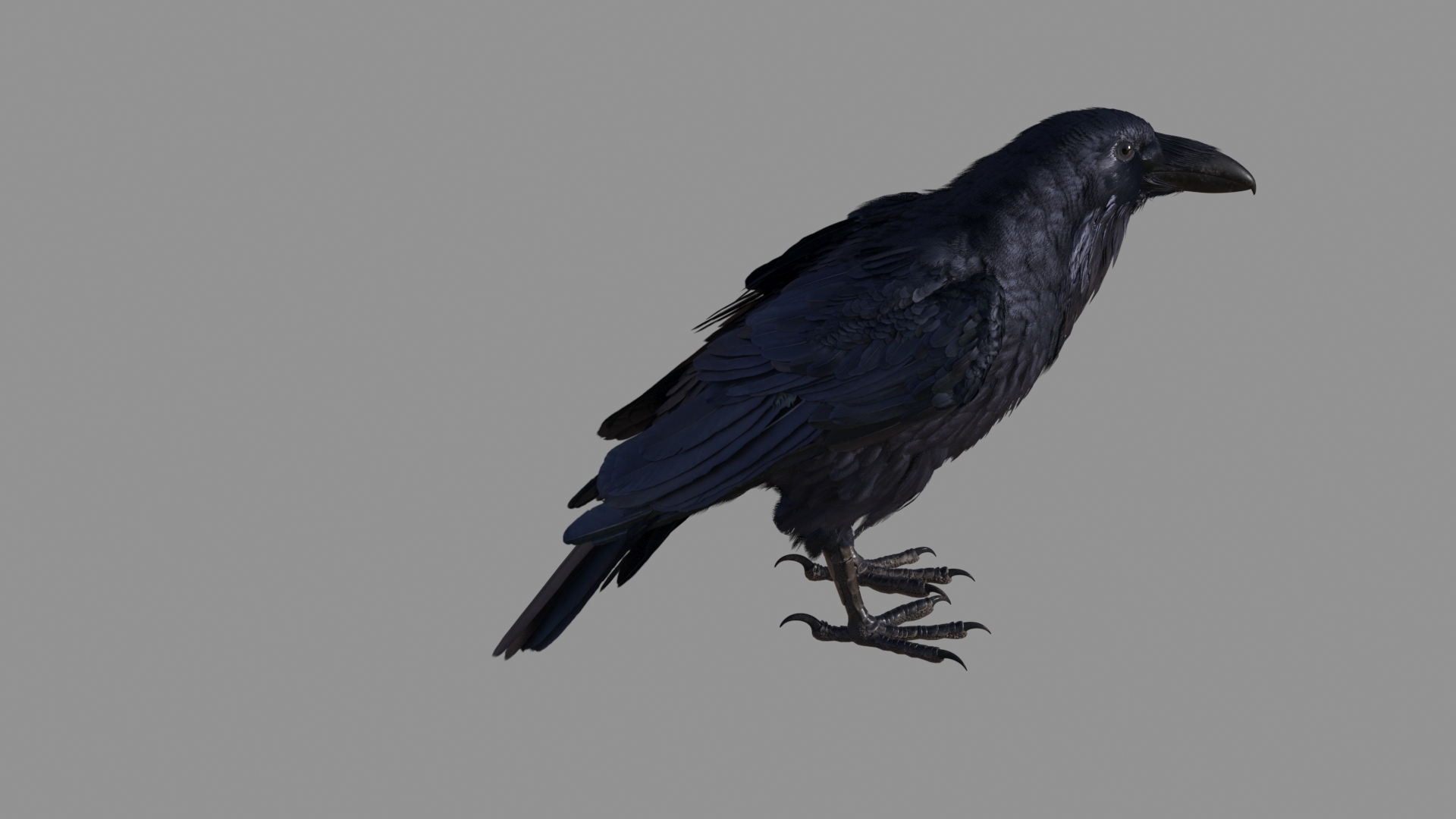
Khaleesi is very impressive in this trailer. Can you talk about how you went about achieving such an iconic and detailed groom that needed to match the characters hair style so closely?
James Kirkham: Lead Artist
The groom for Khaleesi was by far the most complex we had ever been tasked with, and the key to the success of such an undertaking is in the planning!
The first part of the process is the asses all the various hair sections the groom is made up of and map them out into groups. This allows for maximum control when adjusting strands and isolates editing to smaller sections so as not to affect the whole groom. The group and hide functionality of Ornatrix was crucial in allowing modular control of the groom and splitting something very complex into more manageable tasks.
The final styling mods where then applied with group control to allow fine tuning of the final look.


Braids can be tricky. How did you go about getting those looking so great?
James Kirkham: Lead Artist
The braid emission zones were planned from the begging, then everything else was built around this structure.
A braid blockout system was constructed first. This was done with one core spline groomed for each braid which was then multi stranded into three with a distance based on the width of the braid. Ornatrix's Braid preset was used to define the 3 core guide splines that all others would follow. The preset gets you nice results for the bulk of the braid. But getting a natural flow into it can be harder so I manually groomed all braid guides using the core ones I already established to make sure I had the correct look.
The guides were grouped up into various sections (In all I think 30 something groups, would have to check exact number). This allowed me to tag the modifiers to groups giving local control. It also meant parts I was happy with wouldn't change or break when tweaking other sections of the hair. Although time consuming it meant everything was controllable and consistent during the process
A large chunk of her hair is symmetrical. So I groomed the symmetrical part first then collapsed to splines, mirrored the groom and attached it back to the master. This meant I could just modify the other side to create asymmetry rather than starting again.
Once all the guides were in place it was a pretty simple case of going through the groups using multi-strand and frizzes to the fill out the bulk of her hair. I was then able to dial in the final tweaks based on the pre-established groups.
Lighting and rendering plays a huge part in getting such photo realistic quality with characters. Can you talk a little about your render pipeline and what shaders or methods for shading hair (or feathers) made a big difference in your productions with regard to quality and/or speed?
The show was rendered in V-Ray with the hair using the VRayOrnatrixMod to generate efficient render time hair strands.
Vray has very tight integration with Ornatrix. New Vray Next interactive GPU rendering can help a lot with iterating lighting setups and getting your look just right. The new VRayHairMtl Melanin parameter allows you to adjust the over all color of your hair form blond to brown with one simple parameter.

